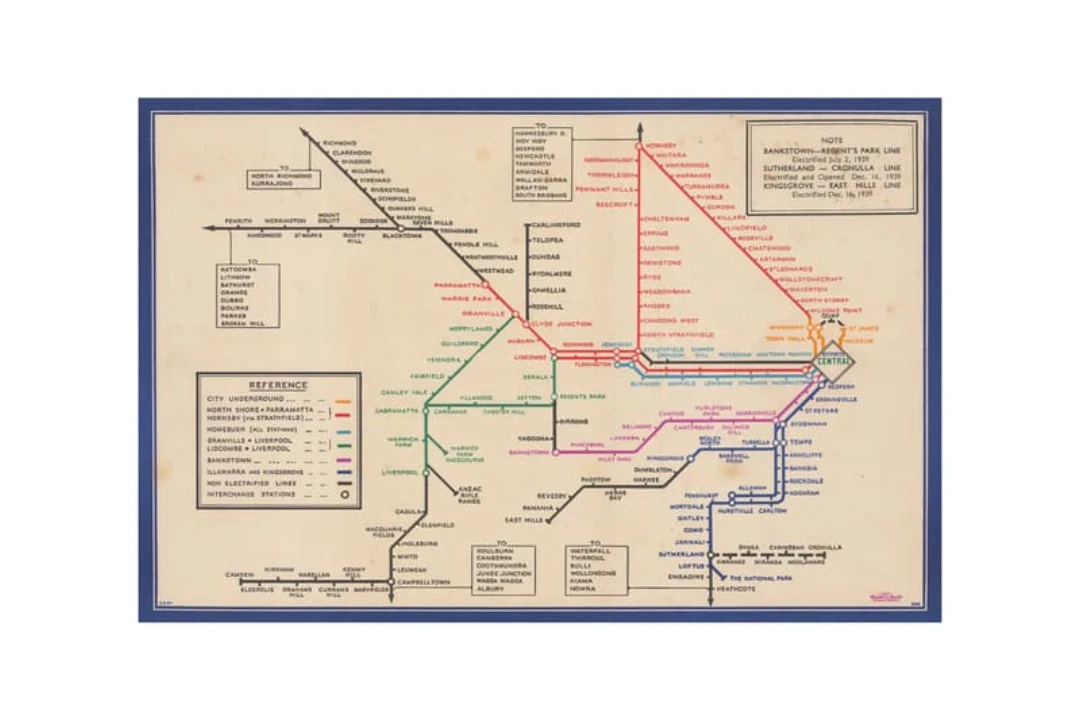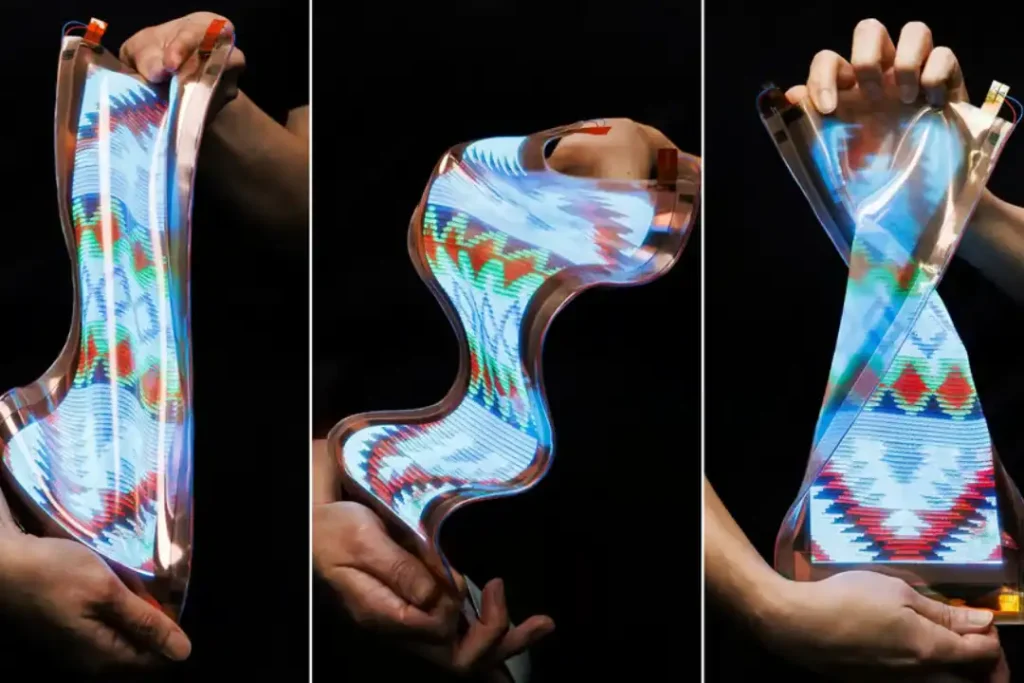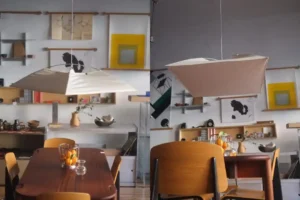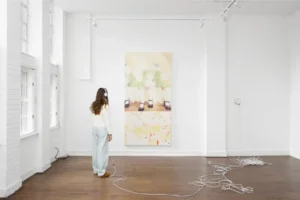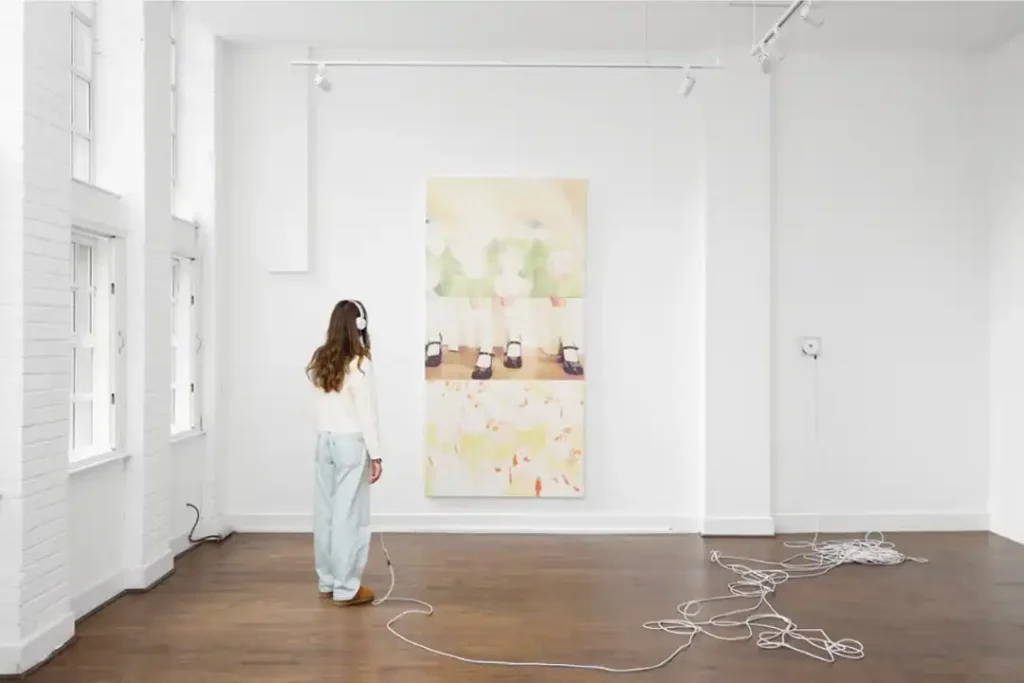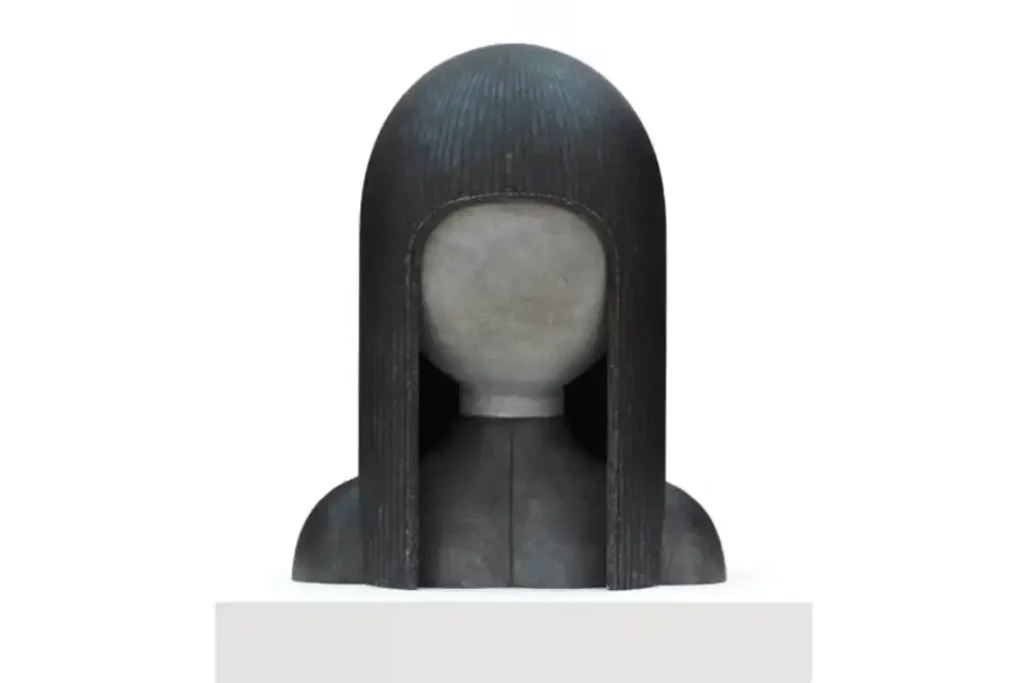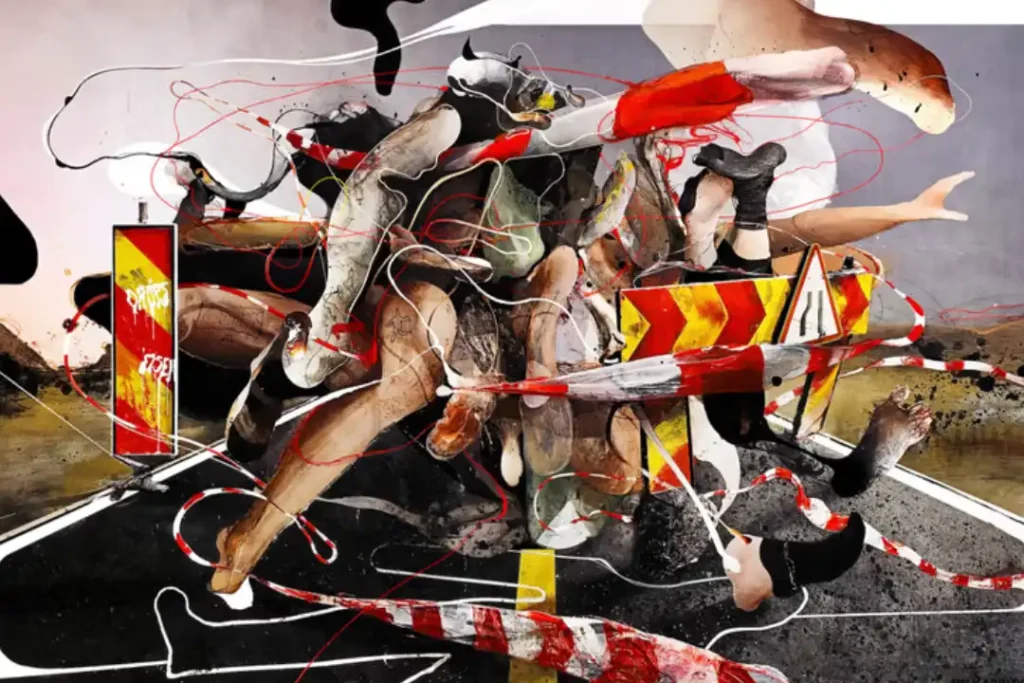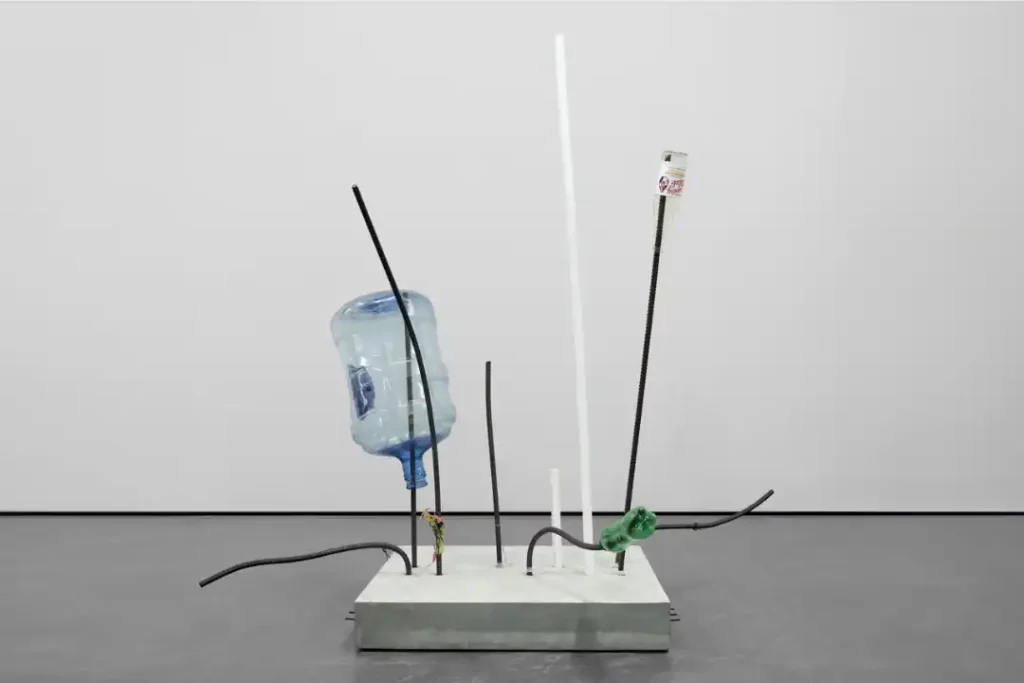The Map House is offering a fascinating glimpse into the history of cartography with its latest exhibition focusing on the London Underground. This exhibition brings together the most iconic London Tube maps created throughout the past century, showcasing the evolution of how the city’s public transport system has been represented artistically. The exhibit explores the blend of art and functionality in cartographic design, highlighting how each map is not just a tool for navigation, but also a work of art in itself.
A Journey Through Cartographic History
The London Underground, known for its iconic map, has been a subject of fascination for cartographers, artists, and commuters alike. The Map House’s latest exhibition traces the development of cartographic art in relation to the Tube, showing how each iteration of the map reflects both the technological advancements of its time and the changing aesthetic preferences of its era.
The exhibit highlights the work of Harry Beck, who created the first modern diagrammatic map in 1931. His minimalist design, using simple lines and color-coding to represent the Tube lines, revolutionized the way urban transportation maps were created worldwide. The Map House takes visitors through Beck’s original designs and subsequent variations that have influenced the way cities map their public transport systems today.
Art Meets Utility
While Tube maps are primarily used for navigating one of the busiest transportation systems in the world, they have also become objects of artistic interest. The exhibit dives into how these maps, while utilitarian, have also been appreciated for their aesthetic appeal. Over the years, artists and designers have reinterpreted the map, creating abstract versions, colorful remixes, and even Tube map-inspired artworks.
The exhibition includes notable pieces such as Beck’s original 1933 map, as well as contemporary reimaginings of the London Underground, giving viewers a sense of how function has inspired artistic expression. The maps reflect London’s expansion, modernization, and artistic trends over the years, blending cartography with design.
The Evolution of London Underground Maps
From the earliest hand-drawn maps to the sleek, digital versions we use today, the exhibit traces the technological advancements that have shaped the design of the London Underground maps. Visitors will be able to see the progression from geographically accurate representations to diagrammatic styles that prioritize clarity and ease of use.
One of the standout features of the exhibition is a section dedicated to limited-edition maps that were commissioned for special events in London’s history, such as Olympics-themed Tube maps or maps made for the Queen’s Jubilee celebrations. These special editions serve as time capsules, reflecting the cultural moments of their respective eras.
Cultural Significance of the Tube Map
The London Underground map is more than just a guide to getting from one station to another; it’s a part of London’s cultural identity. The exhibit explores how the map has become a symbol of the city, instantly recognizable and iconic. It has inspired not only artists but also musicians, fashion designers, and marketers who use its imagery in creative ways.
Conclusion: Cartography as Art and History
The Map House’s exhibition on the London Underground maps is a testament to the artistic and cultural significance of cartography. By showcasing how these maps have evolved in both style and function, the exhibition offers a unique perspective on how something as simple as a transit map can become a celebrated piece of art.


